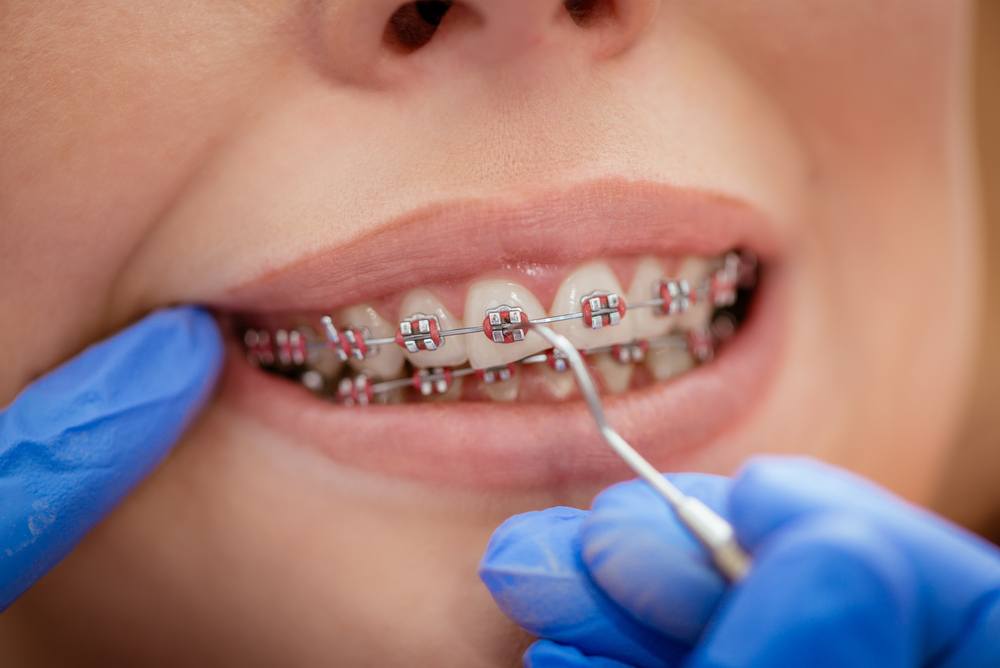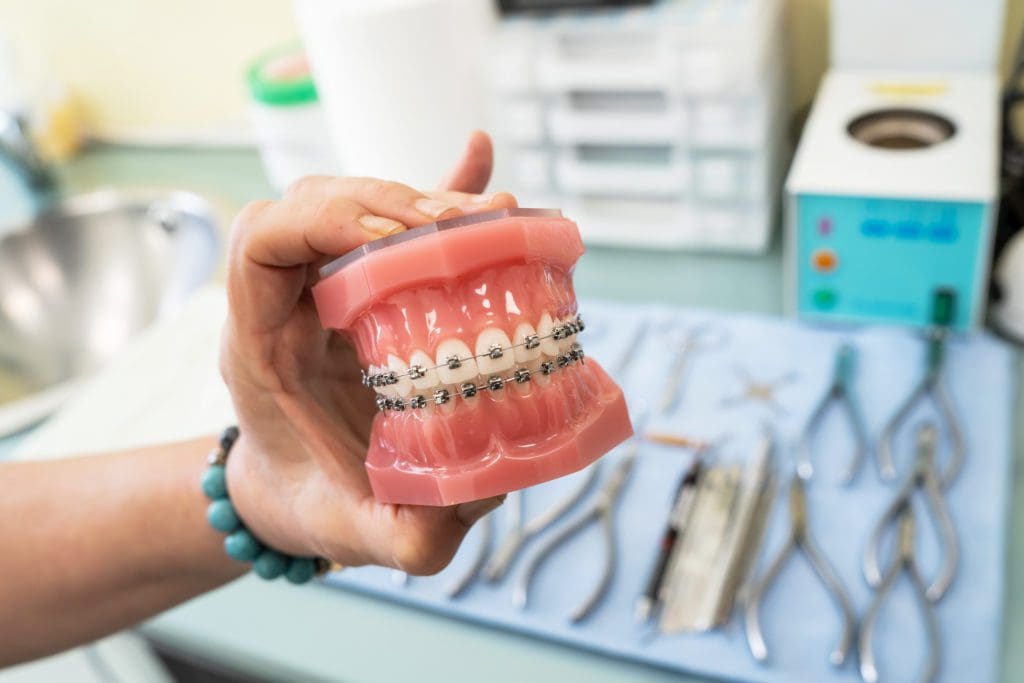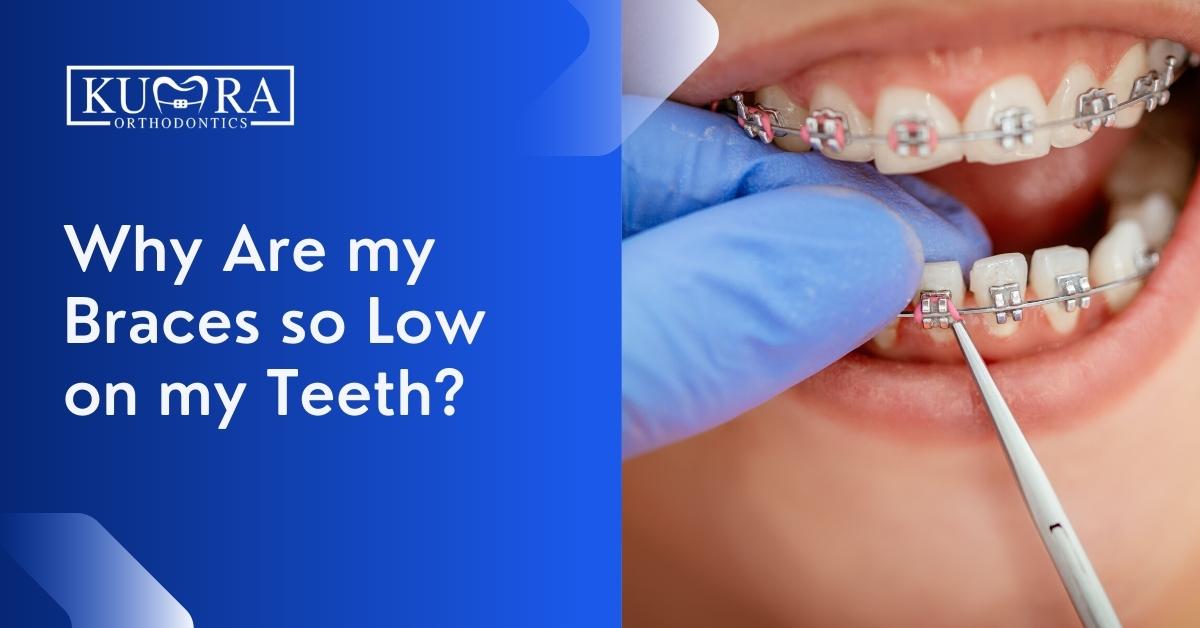How Cumming Orthodontics Addresses Common Braces and Invisalign Issues
How Cumming Orthodontics Addresses Common Braces and Invisalign Issues
Blog Article
Comprehensive Overview to Orthodontics Procedures for Fixing Oral Misalignments
Understanding the complexities of each procedure, including their systems, benefits, and potential drawbacks, is important in making notified decisions about one's orthodontic treatment. As we browse via the thorough overview to orthodontic treatments for fixing dental misalignments, the intricate details of each approach will certainly unravel, dropping light on the path towards a practical and harmonious dental placement.
Orthodontic Procedures Review

Along with clear aligners and conventional dental braces, orthodontists may additionally suggest other interventions like headgear, palatal expanders, or retainers to address certain alignment concerns (invisalign). These treatments are tailored per patient's one-of-a-kind needs and might entail a combination of therapies to attain the desired outcomes. Normal modifications and surveillance are essential components of orthodontic therapy to guarantee development gets on track and to make any needed alterations along the road. By going through orthodontic treatments, patients can not only accomplish a straighter grin but also enhance their total dental health and feature.
Conventional Dental Braces: How They Work
When thinking about orthodontic therapies for oral misalignments, standard dental braces stand out as a tried and true method for fixing teeth placing. Standard dental braces consist of brackets, cables, and bands that work together to apply continual pressure on the teeth, gradually moving them right into the desired positioning.
One trick element of exactly how traditional braces job is the procedure of bone remodeling. As pressure is put on the teeth through the braces, the bone surrounding the teeth is improved to sustain the brand-new tooth placements. This remodeling is necessary for the long-term stability of the fixed placement. Patients will need routine modifications at the orthodontist's workplace to ensure the braces continue to apply the right stress for effective teeth movement.
Unseen Aligners: Pros and Disadvantages
These clear, custom-made trays are virtually unseen when used, making them an attractive option for people seeking a more cosmetically pleasing orthodontic therapy. Clients can remove the aligners prior to eating or cleaning their teeth, minimizing the danger of food getting stuck in the device and simplifying the cleansing procedure.

Surgical Orthodontic Options
Surgical interventions in orthodontics present viable options for dealing with complicated dental misalignments that might not be successfully dealt with through traditional orthodontic therapies. While traditional braces and unseen aligners can correct numerous orthodontic problems, specific situations require surgical treatment to attain optimum outcomes. Surgical orthodontic choices are normally suggested for serious malocclusions, considerable jaw inconsistencies, and cases where the moved here underlying bone structure requires adjustment to accomplish proper placement.
One usual surgical orthodontic procedure is orthognathic surgery, which entails rearranging the jaws to remedy practical issues such as trouble chewing or speaking. This surgery is frequently performed in cooperation with an orthodontist that helps straighten the teeth prior to and after the procedure. Surgical orthodontics might additionally include procedures to reveal affected teeth, remove excess gum cells, or reshape the jawbone to create an extra harmonious face account.
Before considering medical orthodontic alternatives, clients undergo an extensive evaluation to establish the need and prospective benefits of such treatments. cumming orthodontist. While surgery might seem daunting, it can dramatically enhance both the feature and aesthetic appeals of the smile in cases where traditional orthodontic therapies fail
Retainers and Post-Treatment Treatment

Failure to comply with post-treatment treatment guidelines can result in regression, where the teeth progressively relocate back in the direction of their initial settings. Constant retainer wear, great oral hygiene, and regular dental check-ups are essential for maintaining the outcomes attained via orthodontic surgical treatment and making sure the long-lasting stability of the corrected dental placement.
Verdict
In verdict, orthodontic treatments provide various options for correcting oral imbalances. Standard braces use steel braces and cables to move teeth into correct placement. Undetectable aligners offer a more very discreet option but might not be appropriate for all cases. Surgical orthodontic alternatives are offered for much more extreme imbalances. Retainers are typically used post-treatment to keep the new alignment. On the whole, orthodontic treatments can efficiently improve oral health and wellness and aesthetic look.
As we navigate via the extensive overview to orthodontic treatments for fixing dental misalignments, the detailed information of each method will certainly unravel, losing light on the course towards a functional and More about the author unified oral positioning. - cumming invisalign
One of the most typical orthodontic therapies is the usage of braces, which consist of steel braces and wires that apply mild stress to gradually shift teeth into the wanted position.When thinking about orthodontic therapies for oral imbalances, conventional braces stand out as a reliable method for fixing teeth positioning. In addition, invisible visit the site aligners may not be appropriate for complicated orthodontic concerns that call for even more significant teeth movement, as they are usually suggested for light to modest instances. Retainers are custom-made orthodontic devices developed to hold teeth in their remedied placements after the conclusion of orthodontic therapy.
Report this page